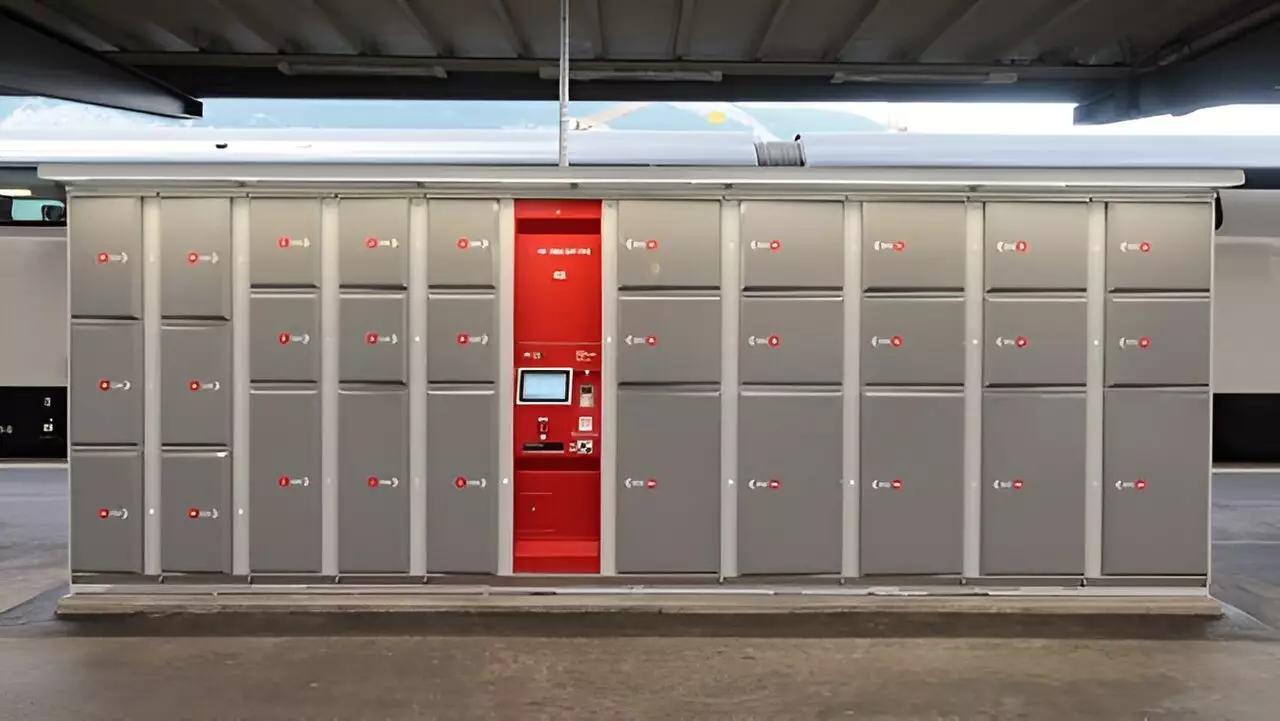The surge in e-commerce has led to a significant increase in the number of parcel deliveries globally. This has resulted in higher carbon emissions, traffic congestion, and air pollution, especially in urban areas where last-mile deliveries are predominant. Traditional delivery methods using high-emitting diesel vans or trucks are no longer sustainable in the long run. With the need to reduce the environmental impact of parcel deliveries, alternative solutions are being explored.
Introducing Crowdshipping
One innovative solution that is gaining traction is crowdshipping, which integrates passenger and freight transport to optimize movement in cities. This concept leverages existing transport capacity by tapping into the “crowd” to fulfill parcel deliveries. Instead of relying solely on dedicated couriers, crowdshipping matches individuals who are already traveling to deliver parcels that are headed towards their destination or in close proximity. By utilizing a service-matching platform, crowdshippers can be compensated for carrying parcels along their existing routes.
A simulation conducted in Singapore showed that outsourcing a small percentage of parcel deliveries to crowdshippers using public transport can lead to significant benefits. By reducing delivery vehicle distances by 20% and cutting emissions, e-commerce carriers can enjoy cost savings even after paying crowdshippers. This not only helps in making parcel deliveries more sustainable but also contributes to reducing traffic congestion and air pollution in cities.
While crowdshipping presents a promising solution, there are practical considerations that need to be addressed. Firstly, it is essential to ensure that passengers are willing to participate in delivering parcels. A survey revealed that most passengers are open to becoming crowdshippers, especially if they are compensated fairly. Additionally, concerns regarding potential congestion or delays during peak-hour commutes can be mitigated by limiting crowdshipping to off-peak hours where public transport systems have excess capacity.
Building Trust and Reliability
To successfully implement crowdshipping using public transport, it is crucial to establish a reliable and accountable system. This includes verifying the identity of crowdshippers, tracking parcel status, and ensuring the safety and security of both parcels and individuals involved. Maintaining transparency and trust among users is key to the success of crowdshipping as a viable alternative in urban parcel deliveries.
Crowdshipping using public transport presents a novel approach to making parcel deliveries more sustainable and efficient in urban areas. By leveraging existing transport infrastructure and the willingness of individuals to participate, cities can explore new solutions to enhance urban mobility and reduce environmental impact. Through data-driven modeling and simulations, crowdshipping can be further developed and tested to bring this innovative concept closer to reality. As the world continues to evolve, embracing innovative ideas such as crowdshipping is essential in shaping the future of parcel deliveries.


Leave a Reply